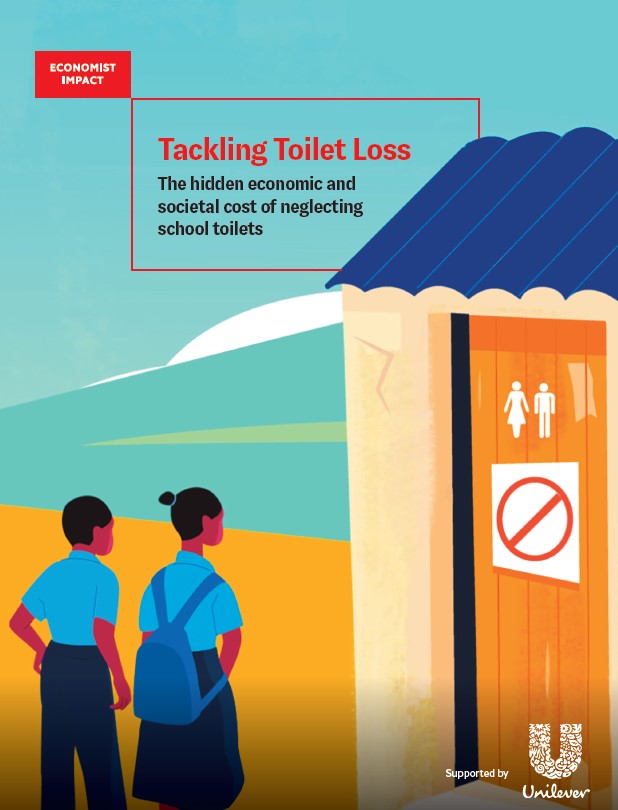
Raising even more clean hands
The lack of quality data on WASH in Schools coverage is a significant barrier to identifying children’s needs, establishing and carrying out effective programmes, and monitoring progress. Although more countries are responding to UNICEF surveys on access to water in primary schools, many have not defined minimum standards for WASH in Schools.
Size: 8.23 MB
The lack of quality data on WASH in Schools coverage is a significant barrier to identifying children’s needs, establishing and carrying out effective programmes, and monitoring progress. Although more countries are responding to UNICEF surveys on access to water in primary schools, many have not defined minimum standards for WASH in Schools. In many cases, national education monitoring systems do not include access to WASH in Schools as an indicator, therefore, the quality of data on coverage and access remains questionable. It is not unusual to find that a national monitoring system considers a school to be providing adequate access to sanitation, even though 300 children are using one latrine hole.
As policymakers, government representatives, citizens and parents, we all have a role in making sure that every child receives the benefits of WASH in Schools. By applying experience gained over the past decade, we can bring programmes to scale and sustain them to improve health, advance learning and enable children to serve as agents of change for their siblings, their parents and the community at large. We call on decision makers and concerned stakeholders to join in this collaborative effort and support WASH in Schools – so that all children have the opportunity to go to a school with access to safe water, child-friendly sanitation facilities and hygiene education.
Six points of action for WASH in Schools
- Set minimum standards for WASH in Schools
- Monitor WASH in Schools coverage through Education Management Information Systems (EMIS).
- Engage with at scale WASH in Schools programmes.
- Involve multiple stakeholders to support WASH in Schools programmes.
- Contribute evidence on the impact of WASH in Schools programmes.
- Raise the profile of WASH in Schools programmes.




